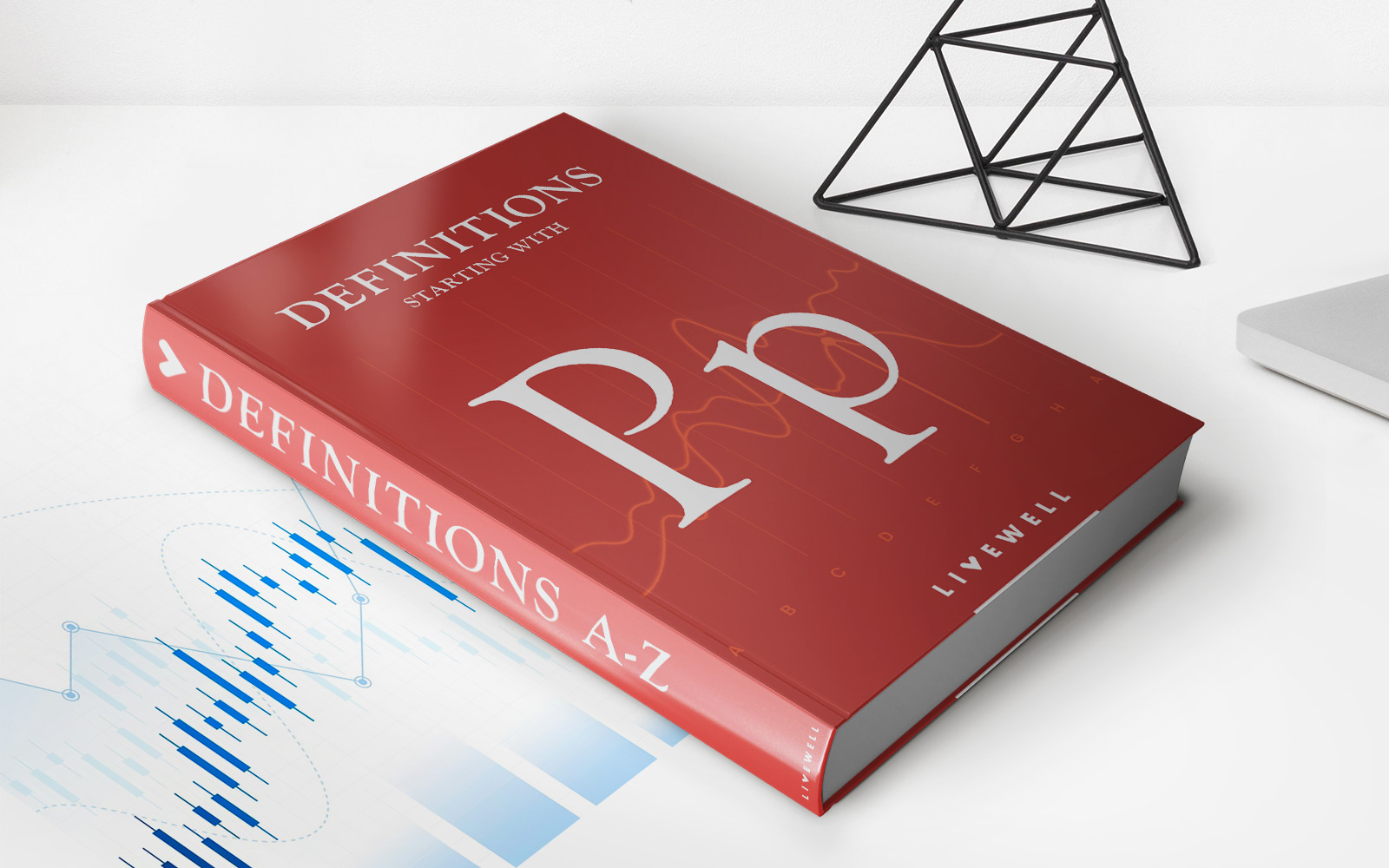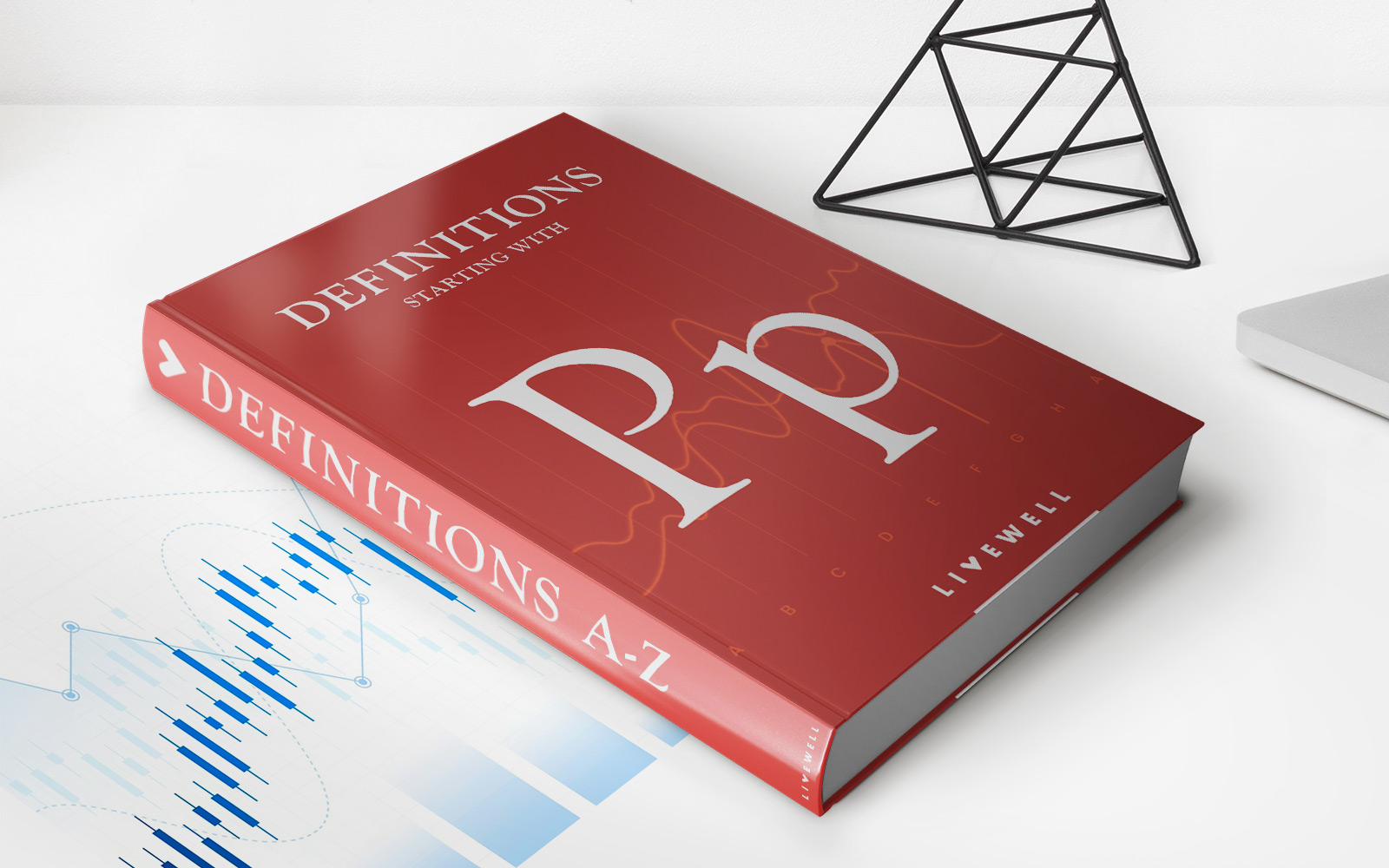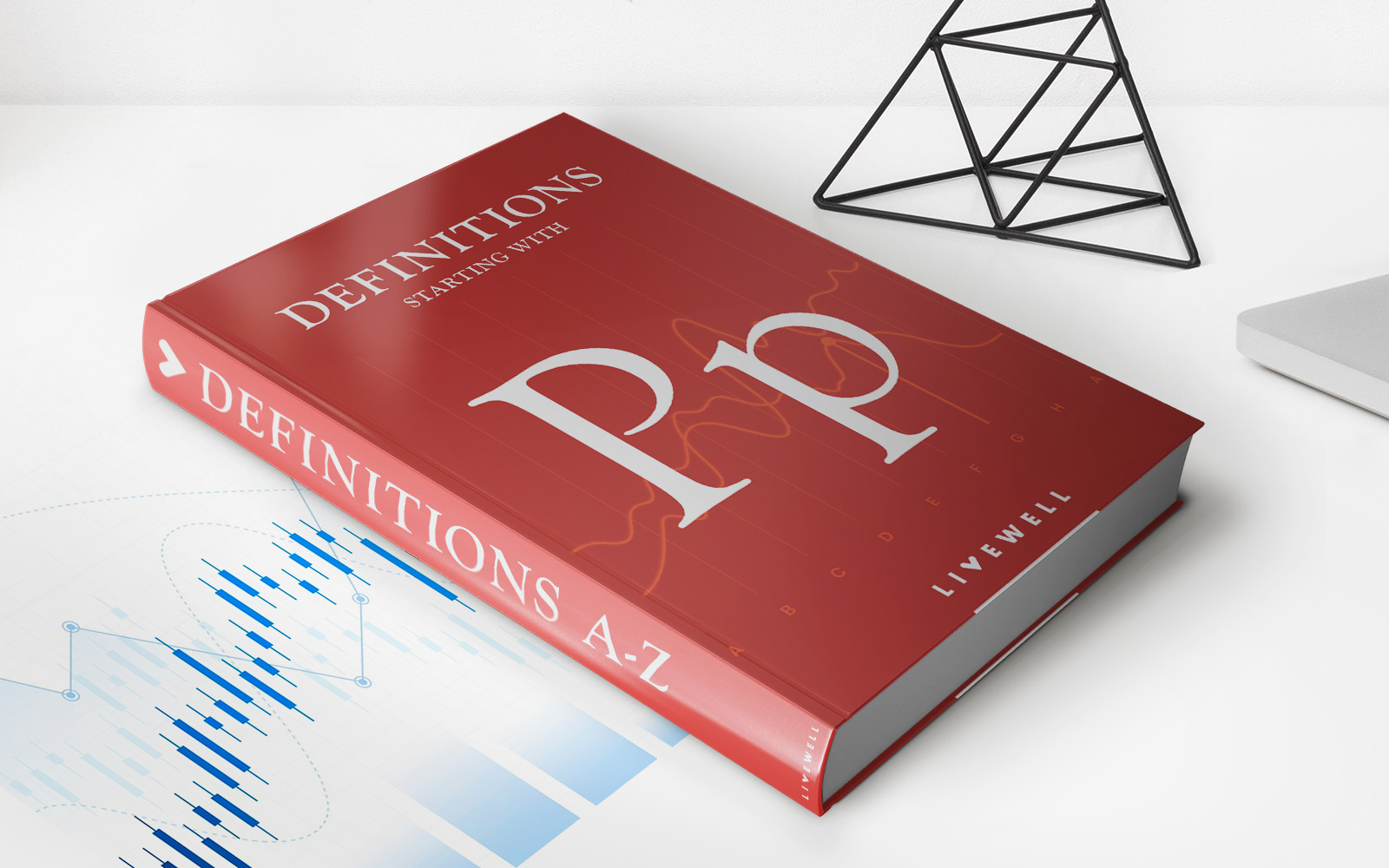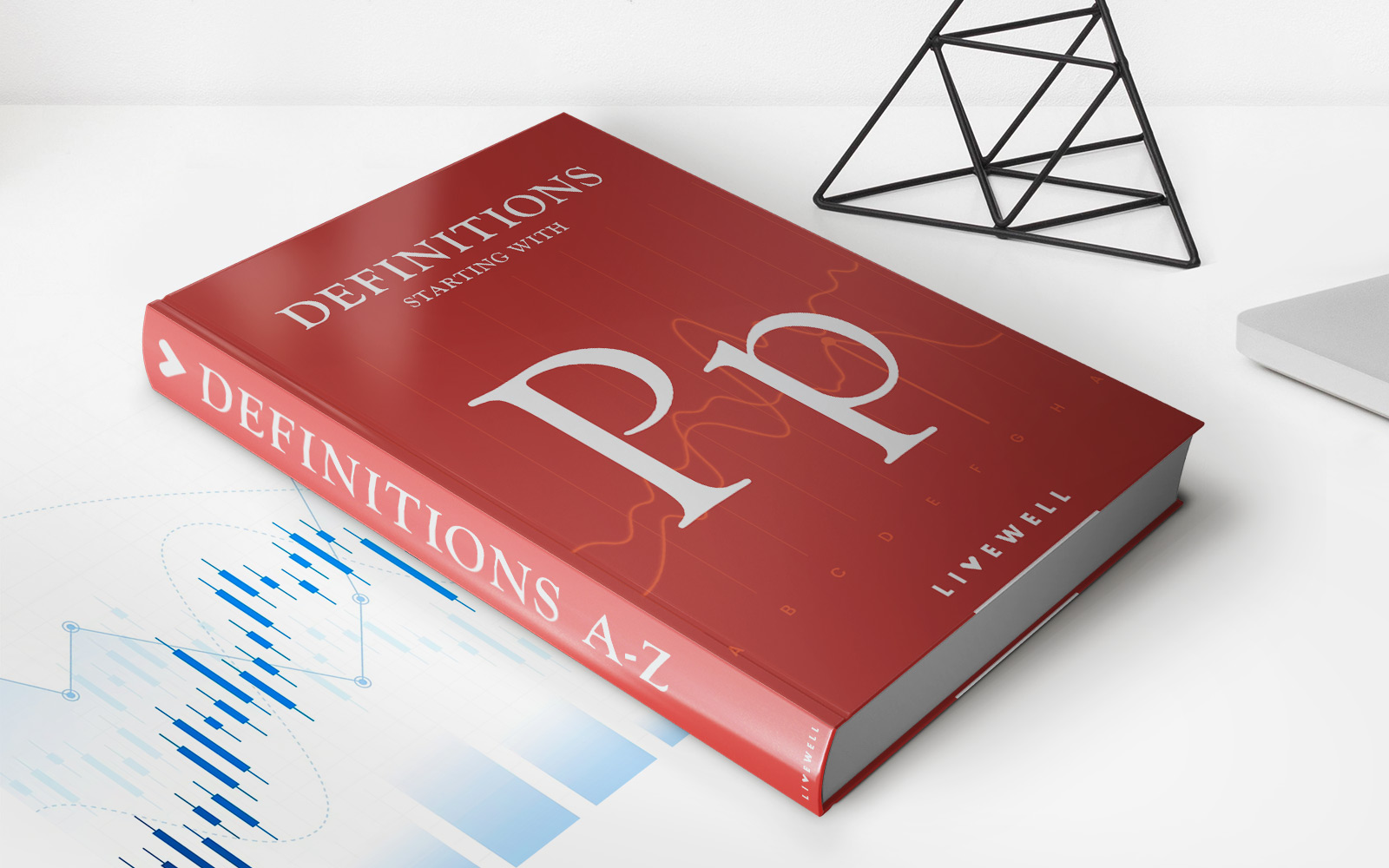Home>Finance>Price Multiple: Definition, Common Types, And Formula


Finance
Price Multiple: Definition, Common Types, And Formula
Modified: February 21, 2024
Learn the definition, common types, and formula of price multiples in finance. Gain valuable insights into assessing valuation ratios and making informed investment decisions.
(Many of the links in this article redirect to a specific reviewed product. Your purchase of these products through affiliate links helps to generate commission for LiveWell, at no extra cost. Learn more)
Understanding Price Multiple in Finance
When it comes to analyzing financial data, price multiples play a vital role in determining the value and potential of a company. Whether you’re an investor, analyst, or simply interested in understanding the world of finance, knowing about price multiples is crucial. In this blog post, we will explore the definition of price multiples, the common types used in financial analysis, and the formula to calculate them.
Key Takeaways:
- Price multiples are used to evaluate a company’s value and compare it to other companies in the same industry.
- Common types of price multiples include the price-to-earnings (P/E) ratio, price-to-sales (P/S) ratio, and price-to-book (P/B) ratio.
Definition of Price Multiple
A price multiple is a ratio that compares a company’s stock price with a specific financial metric, such as earnings, sales, or book value. It is used to determine whether a stock is overvalued or undervalued in relation to its financial performance. Price multiples are especially useful when comparing companies within the same industry, as they provide a standardized evaluation.
Price multiples are straightforward and easy to interpret. They reflect the market’s perception of a company’s future prospects and can provide insights into investor sentiment. By comparing a stock’s price multiple with industry averages or historical values, analysts can identify potential investment opportunities.
Common Types of Price Multiples
There are several commonly used types of price multiples in financial analysis. Let’s explore three of the most widely used ones:
- Price-to-Earnings (P/E) Ratio: The P/E ratio is a popular price multiple that compares a company’s stock price to its earnings per share (EPS). It indicates how much investors are willing to pay for each dollar of earnings generated by the company. A higher P/E ratio suggests that investors have higher growth expectations for the company, while a lower P/E ratio may indicate undervaluation.
- Price-to-Sales (P/S) Ratio: The P/S ratio compares a company’s stock price to its revenue per share. It provides insights into how much investors are willing to pay for each dollar of sales generated by the company. Similar to the P/E ratio, a higher P/S ratio indicates higher growth expectations, while a lower P/S ratio suggests undervaluation.
- Price-to-Book (P/B) Ratio: The P/B ratio compares a company’s stock price to its book value per share. It reveals how much investors are willing to pay for each dollar of the company’s net asset value. A higher P/B ratio typically suggests that investors believe the company has strong growth potential or significant intangible assets, while a lower P/B ratio may indicate undervaluation.
The Formula to Calculate Price Multiples
In order to calculate price multiples, you’ll need to have the relevant financial data available. Here are the formulas for the three price multiples discussed above:
- P/E Ratio = Stock Price / Earnings per Share (EPS)
- P/S Ratio = Stock Price / Revenue per Share
- P/B Ratio = Stock Price / Book Value per Share
Now that you understand the definition, common types, and formulas of price multiples, you can start using these valuable financial tools to make informed investment decisions. Remember, price multiples should always be used in conjunction with other financial analysis techniques to gain a comprehensive understanding of a company’s value and potential.
By having a thorough understanding of price multiples, you’ll be empowered to navigate the complex world of finance with confidence and make well-informed investment decisions.














